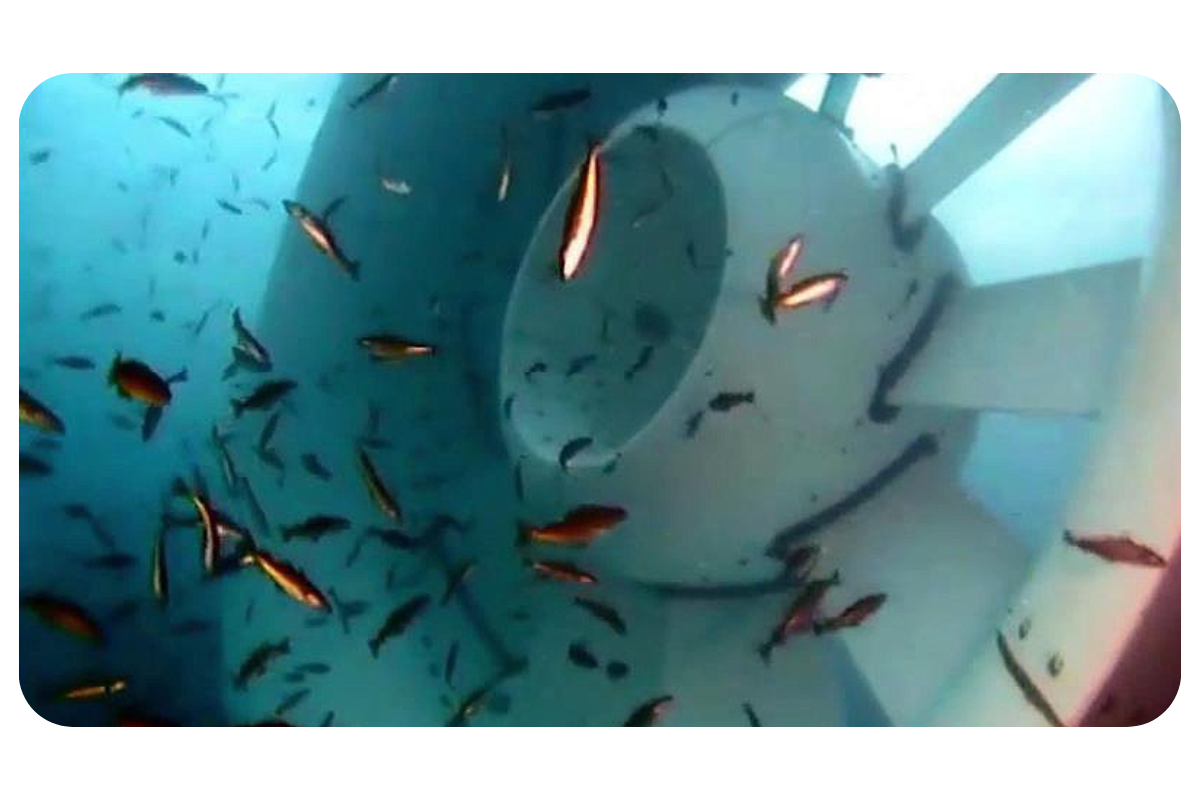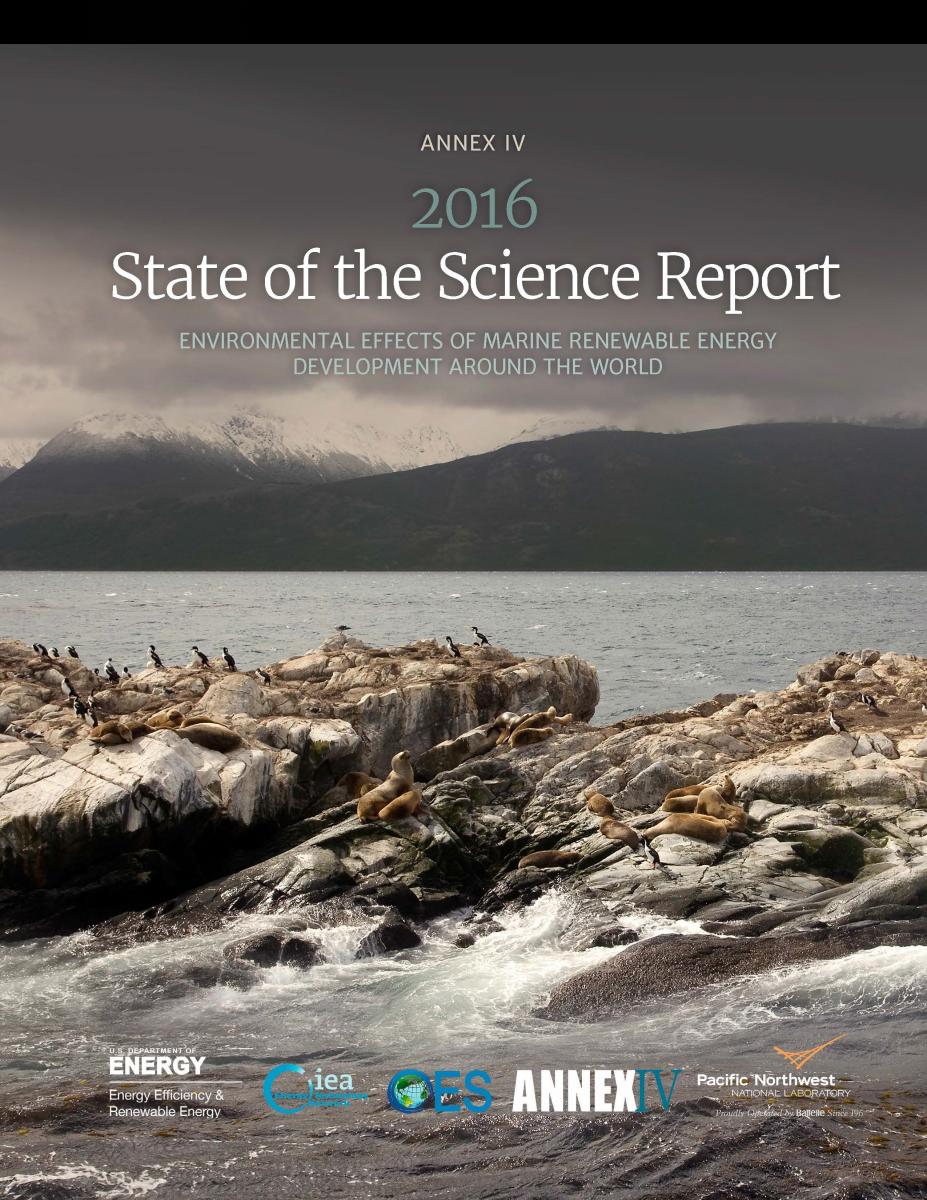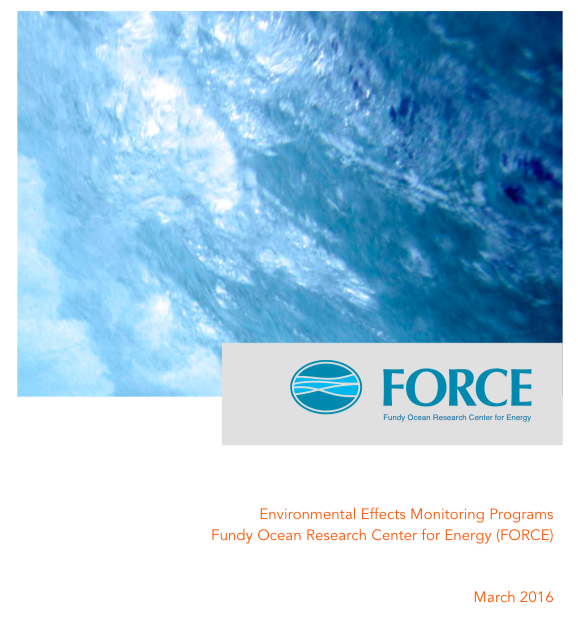Environment

The global climate is warming. This warming is mostly the result of human activity; predominantly, the burning of fossil fuels. The impacts of climate change are already happening, including flooding, drought, and other extreme weather events. More will follow, including impacts on water resources around the world, which affects food supply, health, industry, transportation and ecosystem integrity.
The global climate is warming. This warming is mostly the result of human activity; predominantly, the burning of fossil fuels. The impacts of climate change are already happening, including flooding, drought, and other extreme weather events. More will follow, including impacts on water resources around the world, which affects food supply, health, industry, transportation and ecosystem integrity.
Some of the direct human impacts include increasing disease, freshwater shortages, and worsening smog. Each year, about 6.5 million deaths worldwide are linked to air pollution, a number that could grow in coming decades unless the global energy sector responds.
Fossil fuel emissions also force the ocean to absorb larger and larger amounts of CO2. The resulting ocean acidification is already harming a number of species, causing population level shifts in the marine ecosystem on which all life depends.
The sooner we reduce fossil fuel use, the less severe impacts will be.
Considerations
In addition to reducing the impact of fossil fuel on the environment, the use of marine renewable energy devices must also ensure the safety of human and marine life.
Marine marine renewable energy devices have much lower potential ecological impacts than conventional technologies. In particular, kinetic energy devices (tidal stream, river current, wave energy) reduce or avoid many of the known impacts of potential energy devices (hydro dams). Many kinetic/marine renewable energy devices:
- Do not force marine life and migrating fish to pass through them
- Have smaller effects on water flow and sedimentation (which can lead to problems with erosion and land drainage)
While marine renewable energy technology is still new, the international research to date is encouraging:
- To date, international research studies have not found a single recorded instance of a collision between marine mammals, fish, turtles or seabirds and a marine tidal stream turbine. Findings indicate that:
- Fish and marine mammals generally avoid turbines
- Zooplankton passing through a turbine remain unharmed
- The world’s longest running in-stream turbine – the 1.2 megawatt SeaGen unit in Strangford Lough, Northern Ireland – has had no significant impacts on marine life

- “Based on the scale of ocean basins and coastal areas, the changes due to a small number of MRE devices will not be measurable.” (p. 96)
- “Modeling results indicate that the numbers of MRE devices deployed in an area must be very large to affect changes in flow and/or to create measurable effects of energy removal on a changing system.” (p. 102)
- “Preliminary analyses … indicate that tidal farms with 100 turbines or less have very little system-wide effects even in the most complex marine systems.” (p. 102)
The task now is to acquire more data. MRE technology is still new. Many devices are in the testing phase: only a handful have been in operation for multiple years. While research to date is positive, it is not extensive; uncertainty remains. This is largely an industry-wide challenge that continues to be assessed by researchers, regulators, and industry:
“Most of the perceived risk to animals from MRE devices is due to uncertainty about the interactions because of the lack of definitive data, and continue to present challenges to permitting/consenting of commercial-scale development.” – Annex IV 2016 State of the Science Report
Many of the same environmental issues exist globally. Wind energy development can still face public opposition despite 30 years of health and environmental research; the marine renewable energy industry is still in its infancy. Growth of the industry depends on strengthening regulator and public confidence that the effects of turbines on marine life and the environment are understood and acceptable.
Assessing impacts can also be challenging when working in high-flow environments:
“Observing collision and animal behavior around turbines is hampered by a lack of appropriate instruments and challenging conditions for underwater observations using acoustic or optical instruments.” – Annex IV 2016 State of the Science Report
Turbidity, current speed, and sedimentation can make it difficult to conduct research, collect data, and monitor effects as some sensing technologies may be available, but not originally designed to work in high-flow environments like the Bay of Fundy. Innovation in enabling monitoring equipment has been a focus of the marine renewable energy industry, and Nova Scotia has already built and deployed three state-of-the-art underwater monitoring platforms. These platforms use a variety of onboard sensing equipment to capture data from the Minas Passage and are designed to:
- Advance capabilities of site characterization
- Establish environmental monitoring standards and technologies
- Develop marine operating methodologies
Monitoring + Control
Marine renewable energy environmental monitoring programs have been underway for several years in Canada.

At the Canadian Hydrokinetic Turbine Test Centre (CHTTC), researchers also use a number of sonar devices to monitor river current devices in the Manitoba River.
The Nova Scotia government has aimed to address and mitigate any potential environmental, safety, and social risks by placing each marine renewable energy technology deployment under regulatory control. Some of the conditions include:
- Any marine renewable energy project over 2 megawatts must undergo an environmental assessment.
- Each project developer has been allocated no more than 5 megawatts.
- Each project must have an environmental effects monitoring program, reviewed by provincial and federal regulators.
- The province may impose additional conditions or order devices removed if necessary.
The province has also conducted strategic environmental assessments (SEA) in regions before beginning marine renewable energy activity to ensure that environmental and possibly other sustainability aspects are considered effectively in policy, planning and program making.
